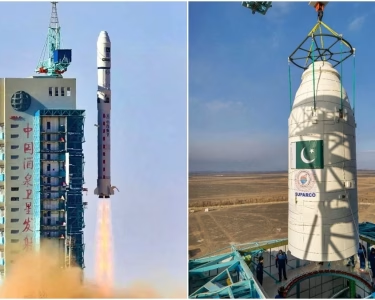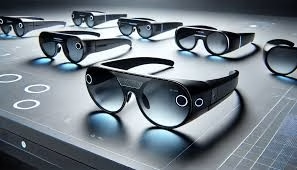Bioprinting & Bioconvergence: Shaping the Future of Healthcare and Biotechnology
Introduction
The convergence of technology and biology is transforming medicine at an unprecedented pace. Two of the most revolutionary trends leading this transformation are 3D bioprinting and bioconvergence. Together, they promise breakthroughs in regenerative medicine, drug testing, personalized healthcare, and even organ replacement.
What Is 3D Bioprinting?
3D bioprinting is the process of creating living tissues and organs layer by layer using bio-inks composed of cells, growth factors, and biomaterials. Unlike traditional 3D printing, bioprinting involves working with living systems to produce structures that mimic natural tissues.
Key Applications of Bioprinting:
- Regenerative Medicine: Printing skin, cartilage, and potentially entire organs for transplantation.
- Drug Testing & Development: Creating realistic tissue models to test new drugs safely and ethically.
- Personalized Medicine: Using a patient’s own cells to reduce rejection risks in transplants.
- Alternative to Donor Organs: Addressing global shortages in organ donations by printing viable replacements.
What Is Bioconvergence?
Bioconvergence refers to the multidisciplinary integration of biology with advanced technologies such as:
- Artificial Intelligence (AI) – for analyzing biological data and guiding experiments.
- Nanotechnology – enabling precision drug delivery and molecular engineering.
- Neuromorphic Computing – simulating brain-like processes to better understand neural systems.
- Digital Twins – creating virtual replicas of organs, cells, or entire biological systems to predict outcomes.
This convergence unlocks new research pathways, bridging the gap between biology, engineering, and computing.
Bioprinting + Bioconvergence: A Powerful Synergy
When combined, bioprinting and bioconvergence amplify each other’s potential:
- AI can optimize printing processes, predicting how tissues will behave.
- Digital twins of organs can be used to test bioprinted models before actual implantation.
- Nanotech-enhanced bio-inks can improve cell survival and integration.
- Neuromorphic systems can accelerate real-time biological simulations for complex organs like the brain.
Industry Adoption and Current Progress
- Cambridge Open Academy highlights the potential of bioconvergence in biotech research.
- Hoory.com identifies bioprinting as one of the fastest-growing emerging technologies shaping healthcare.
- Startups and research labs worldwide are racing to produce lab-grown tissues and functional organ prototypes.
Challenges Ahead
Despite the promise, significant hurdles remain:
- Scalability: Printing large, fully functional organs is still a challenge.
- Ethics: Bioprinting human tissues raises questions about regulation and moral boundaries.
- Cost & Accessibility: Widespread use requires making these technologies affordable.
- Regulatory Frameworks: Governments must set standards for safety, approval, and clinical use.
The Future of Healthcare with Bioconvergence
Looking ahead, bioconvergence will redefine healthcare by merging biology with computing, robotics, and AI. This may lead to:
- Personalized organ replacements tailored to each patient.
- Digital simulations of entire human bodies for predictive healthcare.
- Advanced disease modeling for faster drug discovery.
- Extended human longevity through regenerative medicine breakthroughs.
Conclusion
Bioprinting and bioconvergence are not just scientific trends—they represent the future of medicine. As technology and biology merge, the possibility of ending organ shortages, curing complex diseases, and achieving personalized healthcare becomes more real than ever.
The next decade will be crucial in determining how fast these technologies move from the lab to hospitals—and how they reshape human life itself.





